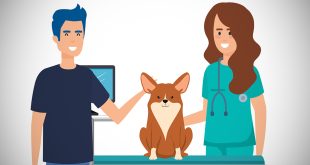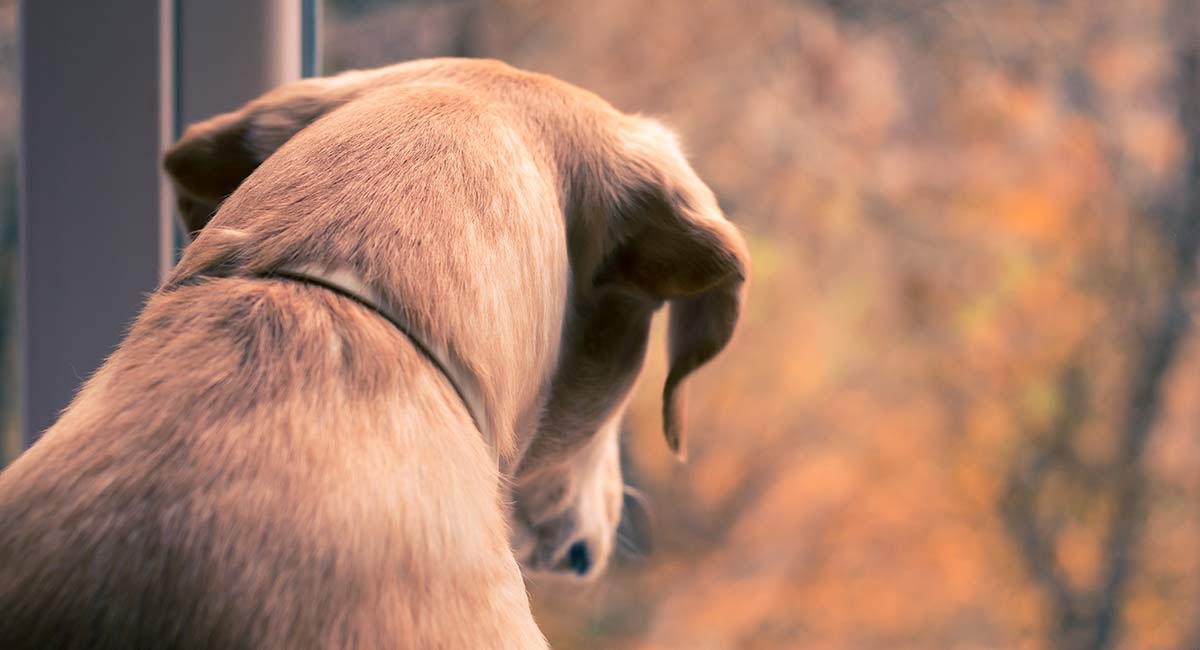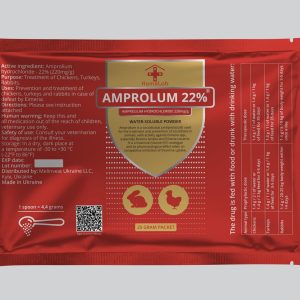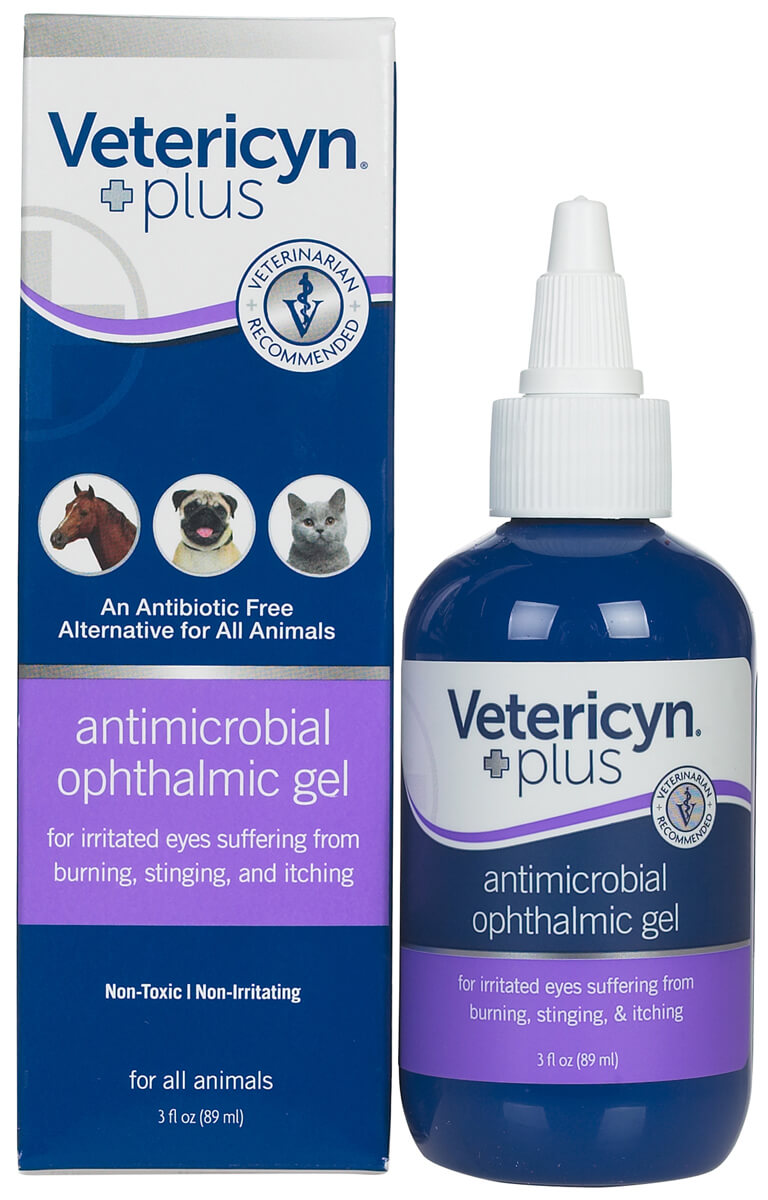Amprolium is an anticoccidial drug treatment and it is a very reliable treatment for coccidiosis – a disease that is common in birds caused by Eimeria bovis and E. zurnii in calves. This disease can also affect dogs. In this article we will be discussing how to use Amprolium for the treatment of Coccidiosis in animals. Amprolium can either be in solution or powdered form. Amprolium solution is administered by mixing the drug in the chicken’s drinking water. For an effective treatment it should be used for 3-5 days.
What is Coccidiosis?
Coccidiosis! This is not a strange word to most farmers because it is one of the most common diseases that attacks poultry birds and other farm animals, however, it is species-specific. However, it is species-specific. Therefore, if you keep livestock together with your poultry, the disease cannot be transferred from one to the other.
Furthermore, it is essential to know that Coccidiosis affects all Avian species. What it means is that chickens, turkeys, geese, and ducks can all pass the disease among themselves.
Coccidiosis is a dangerous disease to your chickens, which can be a huge loss to you. However, if discovered early enough, it can be cured easily and economically.
More about Coccidiosis
Coccidiosis is a disease that affects the intestines of a chicken when a parasitic microorganism (known as ‘protozoa’) finds its way to the intestines of a chicken and attaches itself to the walls of the intestine. Its presence causes bleeding (which can be seen in their droppings) by eating into the tissues of the chicken’s intestine. This parasite is very dangerous because it steals all the nutrients meant for the chicken by absorbing them in the small intestine. It also creates a pleasant environment where bacteria can thrive, all at the expense of its host (the affected chicken).
Younger chicks (Under six months old) are more liable to suffer from Coccidiosis because they are yet to build natural immunity; however, adults can also be affected.
Coccidiosis is present in the bowels of all chickens, but only a few of them develops the disease. The first stage of development of the disease occurs when an unsporulated Oocyst (microscopic egg) is passed through a chicken’s droppings. The unsporulated Oocyst can lay dormant in the soil without sporulating for up to a year unless it lies in a wet or humid condition for several days. For instance, if it finds it way to feeders and waterers that are not adequately cleaned.
The next stage development is when a chicken eats an oocyst that has been sporulated, either from the usual scratching and digging of soil, or contaminated water or food. The chicken has certain digestive acids that will act on the swallowed oocyst, break its hard protective layers down, and hatch it. The hatched oocyst will then attack the cell lining and tissues of the small intestine. The oocyst then goes through several other stages and multiplies in the chicken’s intestine. This parasite ruptures and causes severe damage to the small intestine and cells in the bowels of the chicken, which leads to ulceration.
The Coccidia Oocyst gets removed from the body of the chicken through its droppings and enters the soil once more. Other chickens are then at risk of suffering from Coccidiosis.
The effect of the parasite differs; some can be more extreme than the other. However, to treat the disease, you have to know which species is causing the disease. In some severe cases, it can be a combination of different species of the parasite affecting a chicken to cause Coccidiosis.
There are different strains of coccidiosis, and chickens are susceptible to seven of them.
Symptoms of Coccidiosis
Coccidiosis can be noticed early because it only takes eight days for the incubation period to complete. The symptoms can either appear gradually or suddenly – it is not rare to see a chicken doing fine today, and find it dead the next day. The most symptom is the presence of blood or mucus in the poop of a chicken. However, you need to be careful and observant so that you won’t confuse it with the caecal droppings that are naturally shed by chickens because it also has a similar color, red/brown.
Although you can suspect your chickens of having coccidiosis by guessing from their droppings, only a vet can determine with certainty if it is coccidiosis or not. The vet does this by analyzing samples of the poops.
Blood/mucous droppings are not the only indicator of coccidiosis. You should also lookout for the following indicators.
- Rapid loss of weight
- Diarrhea
- A weak chicken that is not moving around or associating with the others
- Pale skin and comb
- Huddling like been cold
- Ruffled feathers
- Irregular laying of egg, or not laying at all
- Chicks not growing properly
Although all these are symptoms of coccidiosis, they could also appear as a result of another disease. Therefore, you should consult with your vet to confirm your guess if it is coccidiosis that you are dealing with or not.
How is Coccidiosis spread?
Unfortunately, coccidiosis can be easily spread among poultry birds. The oocyst that causes the disease can be transmitted through contaminated water, food, shovels, shoes, and poop.
Some healthy chickens have the ability to build a natural immunity to the disease if they are exposed to a particular strain at a minimal level over time. However, their immunity cannot exceed the strain that they are exposed to. For example, if they wander off to a neighbor’s poultry and in the process ingest a sporulated oocyst of a different strain, the are at risk of getting sick again even if they have previously suffered and survived coccidiosis.
So how then do you prevent and treat coccidiosis?
Prevention and treatment of coccidiosis
It is vital that you begin treatment for all affected chicken the moment your vet confirms coccidiosis as the cause of illness. So, the next question that should pop up in your mind should be, how do I treat coccidiosis? That’s an excellent question; you will learn just what to do as you read on.
- Treatment for coccidiosis in chicken
The ideal thing to do when one or a few numbers of your chicks are affected by coccidiosis is to treat the whole flock. However, you have to isolate the affected chickens and make sure their new living and feeding area is clean and dry.
You have to take proactive measures to ensure that the parasite doesn’t multiply and populate your poultry. Amprolium solution is the trusted and recommended treatment. It is administered by mixing the drug is a fresh supply of drinking water for your chickens. However, your chicken may be very sick that they are not taking as much water as they should. In this case, the Amprolium solution will be administered orally in order to have enough quantity for their treatment. You can easily get Amprolium (amprolium solution) over the counter. If you are having a hard time treating your birds, contact your vet for professional advice on how to medicate your birds. You will need to administer a second dose of treatment if the environment where you kept your chickens is wet, humid, and warm to make sure that you have eradicated the disease completely.
You are advised to introduce vitamin B supplement after treating coccidiosis. This is because Amprolium works by manipulating the ability of Oocyst to metabolize vitamin B. it is vital to note that you are not to give your chickens the vitamin B supplement during treatment because it can interfere with the treatment and make it ineffective.
Another critical thing to take note of is if your chickens are laying eggs. You should talk to your vet if your hens are still laying eggs to know if the egg is safe for consumption or not. Egg laying is closely related to how healthy your hens are. Therefore, hens with coccidiosis will experience reduced or zero egg production. However, they will resume laying eggs when their treatment is complete, and they are healthy again.
Prevention of Coccidiosis
Cold temperature is a harsh condition for coccidiosis, so it is difficult / for your chickens to have the disease during winter. However, places with mild winter, warm, wet, and humid conditions are an ideal environment for coccidiosis to thrive. The first step in preventing the disease is to maintain basic hygiene. You have to keep the following measures in check;
- Ensure that change your chicken’s water supply periodically, and that you are supplying them fresh supplies.
- You should quarantine any new set of chicken that you are introducing to your poultry for up to 2 weeks. This is for the safety of your birds.
- Consider giving Amprolium solution as a preventative if you live in a wet area.
- Ensure that your chickens have enough space. A crowded area is an ideal environment for coccidiosis to thrive. The standard is that chickens should have four square feet space in their coop.
- Also, you should give your chicks medicated starter feeds. However, you do not need it if you have vaccinated them against coccidiosis already.
- Make sure the feeding area is clean and dry. Also, avoid throwing food on the ground to prevent contamination.
- Keep your chickens in sets. This means you should keep age groups together instead of mixing adults with the young one.
Benefits of using Amprolium
Amprolium is recommended for several reasons due to the benefits that you stand to enjoy. These are;
- There is no egg withdrawal period. What this means is that your chickens will continue to lay healthy eggs that are safe for human consumption.
- It can be used as a preventative in case you suspect the presence of coccidiosis.
- Amprolium works by reducing the discharge of oocyst in the droppings of chickens, so it reduces the spread of the disease
- Amprolium is safe to use when administered according to tot he recommended dosage
- Even when the animal reduces food intake due to sickness, they will still get the recommended dosage from drinking water.
- Amprolium is flexible to use, solution, or powdered form.
Ingredients found in Amprolium
The active ingredient found in Amprolium is Amprolium 9.6% with a concentration of 96 mg for every 1 ml.
The active ingredient Amprolium is the only approved ingredient for the cure and prevention of coccidiosis in laying chickens.
Recommended Amprolium Dosage and Administration
Amprolium (amprolium solution) can serve multiple purposes (treatment, and preventative), it is expected that there will be different dosage requirement. Using Amprolium as treatment requires more dosage compared to using it as a preventative.
- 5-day treatment instructions
Daily dosage: 10 mg amprolium per kg (10 kg per 2.2 lb body weight)
- 21 -day preventative dosage instruction
Daily dosage: 5 mg amprolium per kg (5 mg per 2.2 lb body weight)
- Amprolium powder
Amount – as soon as you notice coccidiosis, administer amprolium at 0.012 percent level in fresh drinking water for your chickens. Continue treatment for 4to 5 days.
In a severe outbreak, administer amprolium at 0.024 percent level in a fresh supply of drinking water for your chickens.
Here is a mathematical explanation of the dosage.
- There are 200mg of amprolium in every 1 gram powder
- 28.35 grams = 1 ounce = 3.5 tablespoons
- 200mg x 28.5 = 5670mg in a 3.5 tablespoon of powder
- 3.5 tablespoons contains 10.5 teaspoons
- Every 10.5 teaspoons contain 21 1/2 teaspoons
- 5670mg 21 1/2 teaspoon = 270mg approx for every 1/2 teaspoon
- Every 1/2 teaspoons contains two 1/4 teaspoons
- 270mg divided by 2 = 135mg for every 1/4 teaspoon
- Amprolium dosage in drinking water
- 5-day treatment
Add Amprolium 9.6% oral solution to fresh drinking water at a concentration of 16 oz/100 gal. This should be the only source of drinking water to your chickens for 5 days non-stop, and make sure to replace the water daily with a freshly prepared water treatment solution. At the normal rate of water consumption, your chickens should have a treatment intake that is approximately 10 mg amprolium/kg (2.2 lb).
- 21-day preventative
As a preventative, add Amprolium 9.6% oral solution at a concentration of 8 oz/100 gal to fresh drinking water (This is half the concentration of the needed dosage for the 5-day treatment). This should provide an intake that is approximately 5 mg amprolium/kg.
Best Amprolium products for prevention and treatment of coccidiosis
Amprolium has several product packages that you can buy to suit your need. These are;
- Amprolium 20% soluble powder (10 oz. Packet)
- Amprolium 9.6% oral solution (16 oz. bottle)
- Amprolium 9.6% oral solution (1 gal. bottle)
- Amprolium 1.25% crumbles/pellets (type c medicated feed)
- Amprolium 2.5% crumbles/pellets (type b medicated feed)
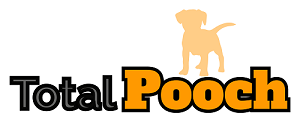 Total Pooch Dog Supplements, Tear Stain Removers, De-wormers, Tylosin for Dogs and other great products.
Total Pooch Dog Supplements, Tear Stain Removers, De-wormers, Tylosin for Dogs and other great products.
